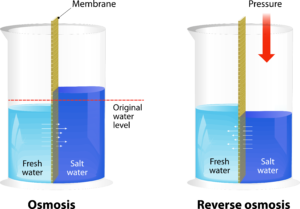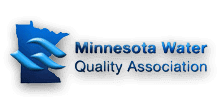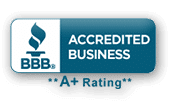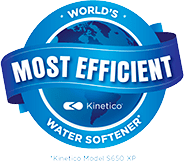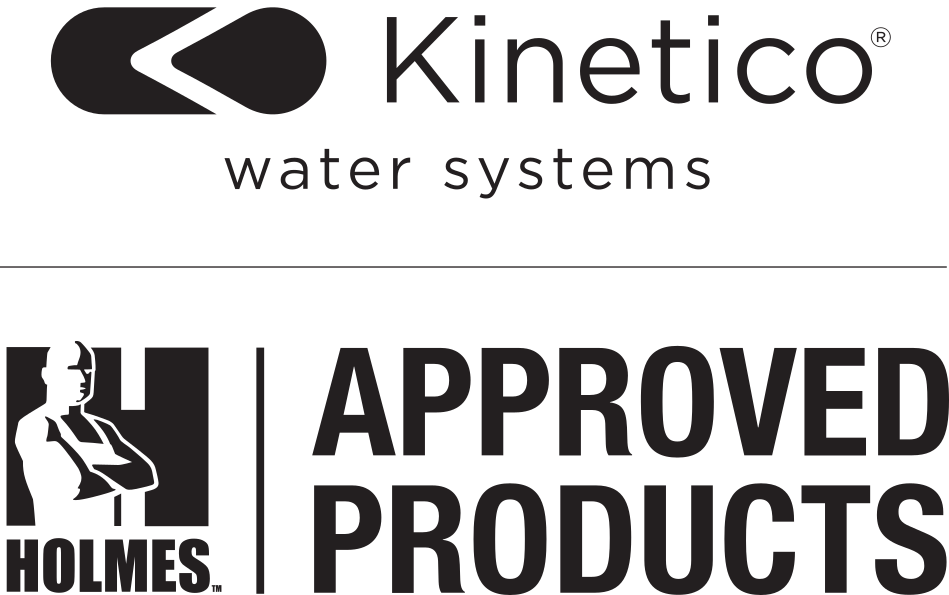We all know we’re supposed to drink plenty of water to stay hydrated and healthy. But wouldn’t it be nice if your water tasted so good you actually wanted to drink more? And if it was so clean you could feel confident about your family drinking more? A reverse osmosis system is a great way to improve the quality and taste of your home drinking water.
Even if your home has a water softener, you could still benefit from reverse osmosis. Water softeners capture calcium and magnesium, but hard water often has many other contaminants and impurities. A reverse osmosis system is designed to filter out a wide range of chemical contaminants and particulates, depending on the model you choose.
Choosing the Right System
With a variety of reverse osmosis (RO) products on the market, how do you know which system will be most beneficial for your family? There are several factors to consider:
- Size – Some RO systems sit on the counter while others are designed to fit under the kitchen sink. You can even install your RO in a utility room to avoid taking up any of that “premium” space. That said, if you’re a renter, a temporary/portable system likely makes the most sense. For under-counter installation, be sure to measure your space so the model you choose fits and can be installed and serviced in the future without any issues.
- Number of Stages – Most RO systems process water through 4, 5, or 6 separate stages – each one filtering specific types of impurities. You may not need something as comprehensive as a 6-stage system, but that depends on what’s in your water that you want removed. If you’re a parent with young children, you may want maximum purification, no matter what. Consider testing your water to know exactly what you’re dealing with.
- Capacity – The larger the tank, the more water it can process. However, tanks also take up space. A typical choice for most home systems is a 3 gallon storage tank, which actually holds anywhere between 1.5 and 3 gallons of water, depending on water pressure. If that isn’t big enough, a larger tank – or a second connected tank – can be used.
- Maintenance – Easy as they are to use, reverse osmosis systems do require periodic maintenance. Each filter must be replaced periodically, and the reverse osmosis membrane itself also requires regular replacement in most cases. Before deciding on a system, ask how often you’ll need to do that and how much work is involved.
- Cost – You can spend as little as $150 or as much as $2000 or more on a reverse osmosis system, though most cost under $500. Price depends on quality and features, primarily the number of filtration stages. Most people hire a professional to install under-counter systems, which will add to the cost.
- Warranty – A high-quality product will last longer with fewer problems. Look for a brand that has a sound reputation and offers a limited lifetime warranty. Kinetico, for example, makes several types of RO systems and offers one of the best warranties in the industry.
So which reverse osmosis system is right for you? That depends on the current condition of your water, your family’s needs and preferences, and your budget. Salud!


